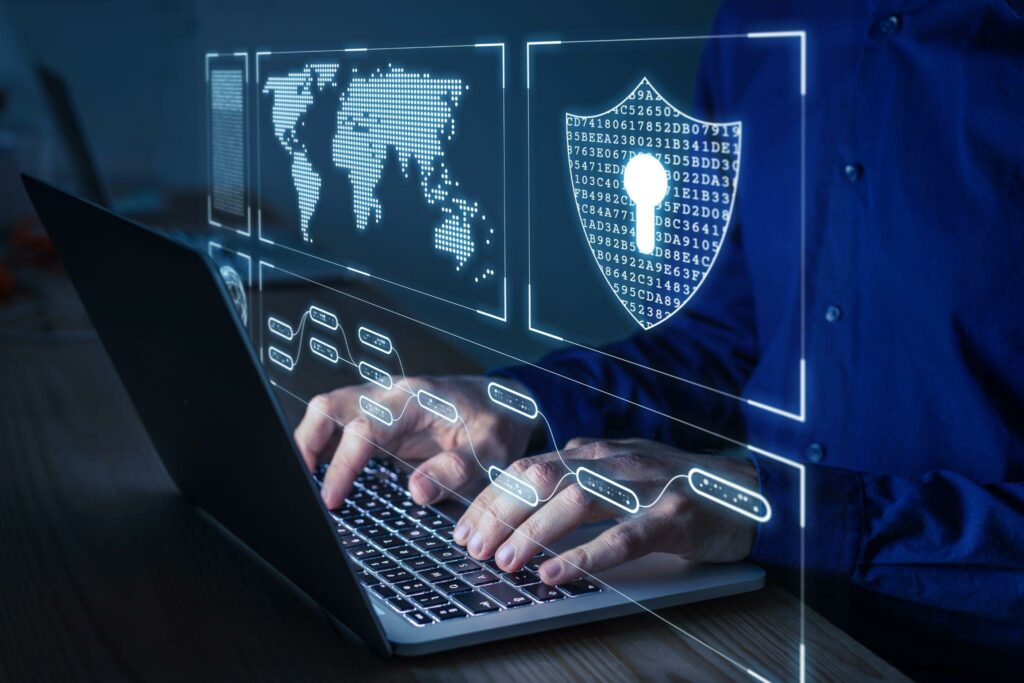The more humans become technologically advanced, the more cyber crimes increase. Cybercriminals are finding sophisticated ways that can go undetected to attack systems. Considering how severe and frequent these threats have become, it only makes sense for business owners, corporations, and individuals to come up with strategies to manage them. Cyber risk management will help identify potential threats before they can cause damage. A good cyber risk management program in place will allow businesses and individuals to prioritize threats and apply the proper type of security to lower the impact of a risk or prevent it completely. In the article below, get to learn the best practices for managing cyber threats.
Identify Potential Cybersecurity Risks
Identifying potential risks is often the first step in the risk management process. Start by assessing the possibility of a threat exploiting a weakness in your system and how serious the consequences would be. Cybersecurity threats are events or circumstances that can negatively affect your business’s operations or assets because of unauthorized access to your computer systems. This can include malware, spyware, phishing attacks, or data destruction. Threats take advantage of weaknesses in your system whereby, if you do not have robust security in place, you risk data breaches or hacking. The next step is asking yourself what the consequences of the threat would be. Keep in mind that cybersecurity threats often lead to destroyed or lost information. Can your business sustain such a loss? Like most businesses, then the answer is probably no. Once you have understood potential threats and vulnerabilities in your systems and possible consequences, you can work to put the right measures in place.
Train Staff Constantly
One of the most useful practices that any business should adhere to when trying to manage cyber risks is training employees. While your IT department has the biggest responsibility when it comes to cyber risks, your employees also have a role to play. Schedule training sessions that involve creating awareness of issues of cyber threats in order to promote a safety culture. Most data breaches in an organization come from internal sources, and this can be accidental or intentional. For instance, social engineering stems from hackers using a strategy like phishing to trick employees into revealing private information. One of the reasons phishing is successful is because employees have not been trained on what to look out for. With the right training in place, such attacks can be prevented because employees are vigilant.
Install Firewalls and Antivirus Software
An important strategy that all businesses need to follow in mitigating cyber risks is installing security solutions such as antivirus and firewalls. Having such defenses in place ensures you protect your network or computer. The role of antivirus software is to scan your network or devices, identify and eliminate potential threats. On the other hand, firewalls act as guards between your network and the outside world, monitoring what is coming and going out through your systems.
Have A Risk Plan
It is important for a business to have a plan in place in case of an attack. This can be done by brainstorming various risk scenarios and determining the best course of action to take in each scenario. Also, note that one cyber attack can affect the whole organization. That is why it is wise to include all the departments in the plan. This plan ensures that everyone knows their role, so they can quickly act if needed.
Monitor Network Traffic Continuously
It is estimated that every 39 seconds, a hacker is trying to access a computer, and about 2200 attacks are happening daily. One of the most effective practices to mitigate cybersecurity risks is through proactive action. That means staying ahead of cybercriminals by constantly monitoring your business’s cybersecurity and network traffic. Invest in tools that allow you to obtain an extensive view of your whole IT ecosystem. This will allow you to detect threats in real-time and stop them.
Evolve With Technology
Technology is continuously changing, meaning systems also need to keep up. Hackers are not using the same tactics they used 3 to 5 years ago. They know that cyber security measures are constantly updated, and so they try to keep up. That is why you should always keep up with trends in the world of cybersecurity. Even though large equipment cannot be replaced all the time, it can still be maintained to lower the risk of attacks.
Partner With External Parties
Even with the best practices in place, something might go wrong. As such, you need to form a response team that includes lawyers, the media, and public relations. These are people that will help you in responding to a data breach and the aftermath. However, before you share any data with outside parties, ensure there will not be any additional risks resulting in that.
Cyber threats have become prevalent all over the world, affecting almost all industries. Because of this, it is important to have measures in place instead of waiting for a threat so as to take action. The good thing is that cybersecurity measures can be scaled down according to your needs to ensure you are well protected.
